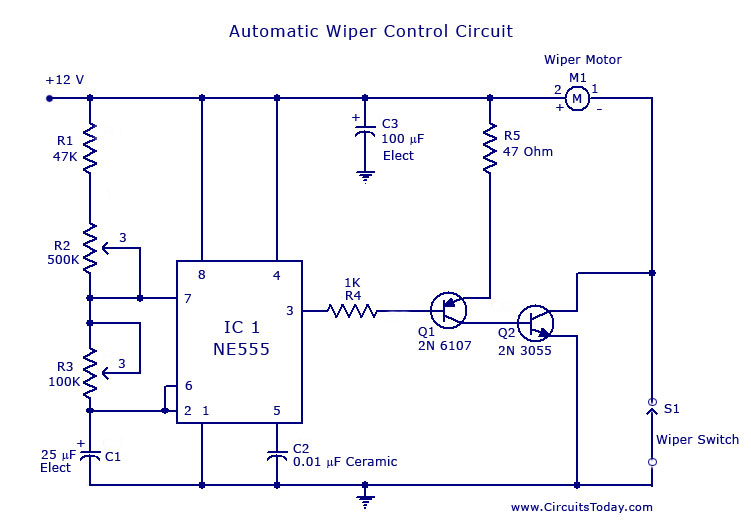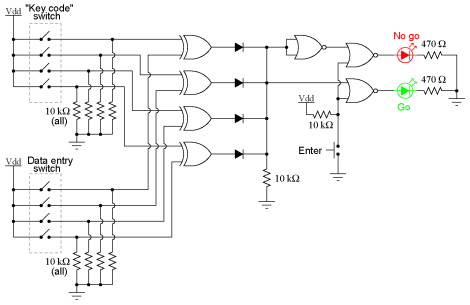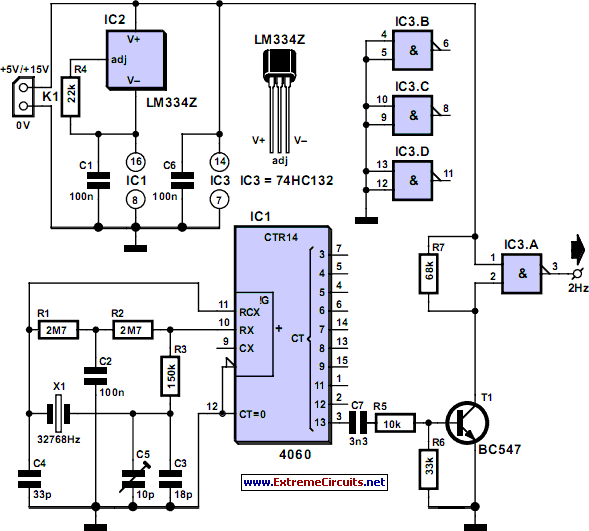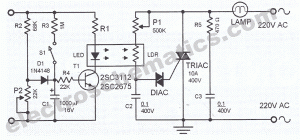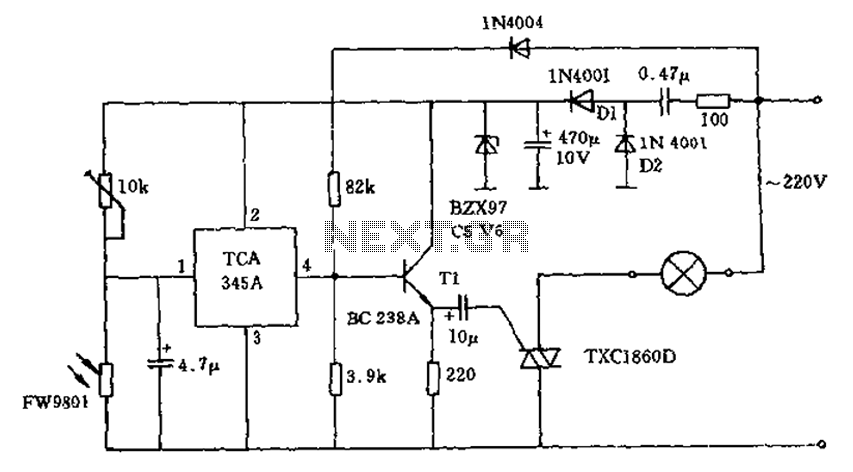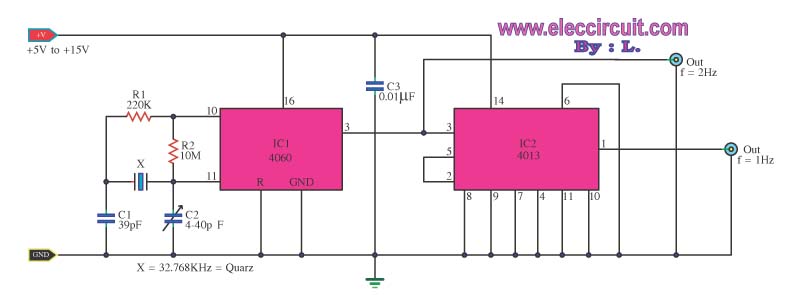
Combination Lock With Auto Reset

This circuit functions as a combination lock with an auto-reset feature. It accepts a 4-digit entry combination, utilizes CMOS design, operates with low standby power, and is compatible with a voltage range of 9 to 15 volts.
The combination lock circuit employs a 4-digit input mechanism, which can be implemented using a keypad or a series of momentary push buttons. Each button corresponds to a digit from 0 to 9, allowing the user to input their desired combination. The circuit is designed using CMOS technology, which contributes to its low power consumption, making it suitable for battery-operated applications.
Upon entering the correct combination, the circuit activates a relay or a transistor switch, which can control a locking mechanism or an alarm system. The auto-reset feature ensures that if the incorrect combination is entered, the system will automatically reset after a specified period, preventing unauthorized access attempts.
The power supply for the circuit can range from 9 to 15 volts, providing flexibility for various applications. A voltage regulator may be included to ensure stable operation within this range. Additionally, the circuit can incorporate indicators, such as LEDs, to provide visual feedback during the input process or to signal successful entry of the correct combination.
Overall, this combination lock circuit is an efficient and reliable solution for securing access to sensitive areas or devices, leveraging the advantages of CMOS technology for enhanced performance and energy efficiency.This circuit function for combination lock with auto reset. 4 Digit Enter Combination, C-Mos Design, Low Standby Power, and 9 to 15 Volt Operation .. 🔗 External reference
The combination lock circuit employs a 4-digit input mechanism, which can be implemented using a keypad or a series of momentary push buttons. Each button corresponds to a digit from 0 to 9, allowing the user to input their desired combination. The circuit is designed using CMOS technology, which contributes to its low power consumption, making it suitable for battery-operated applications.
Upon entering the correct combination, the circuit activates a relay or a transistor switch, which can control a locking mechanism or an alarm system. The auto-reset feature ensures that if the incorrect combination is entered, the system will automatically reset after a specified period, preventing unauthorized access attempts.
The power supply for the circuit can range from 9 to 15 volts, providing flexibility for various applications. A voltage regulator may be included to ensure stable operation within this range. Additionally, the circuit can incorporate indicators, such as LEDs, to provide visual feedback during the input process or to signal successful entry of the correct combination.
Overall, this combination lock circuit is an efficient and reliable solution for securing access to sensitive areas or devices, leveraging the advantages of CMOS technology for enhanced performance and energy efficiency.This circuit function for combination lock with auto reset. 4 Digit Enter Combination, C-Mos Design, Low Standby Power, and 9 to 15 Volt Operation .. 🔗 External reference
